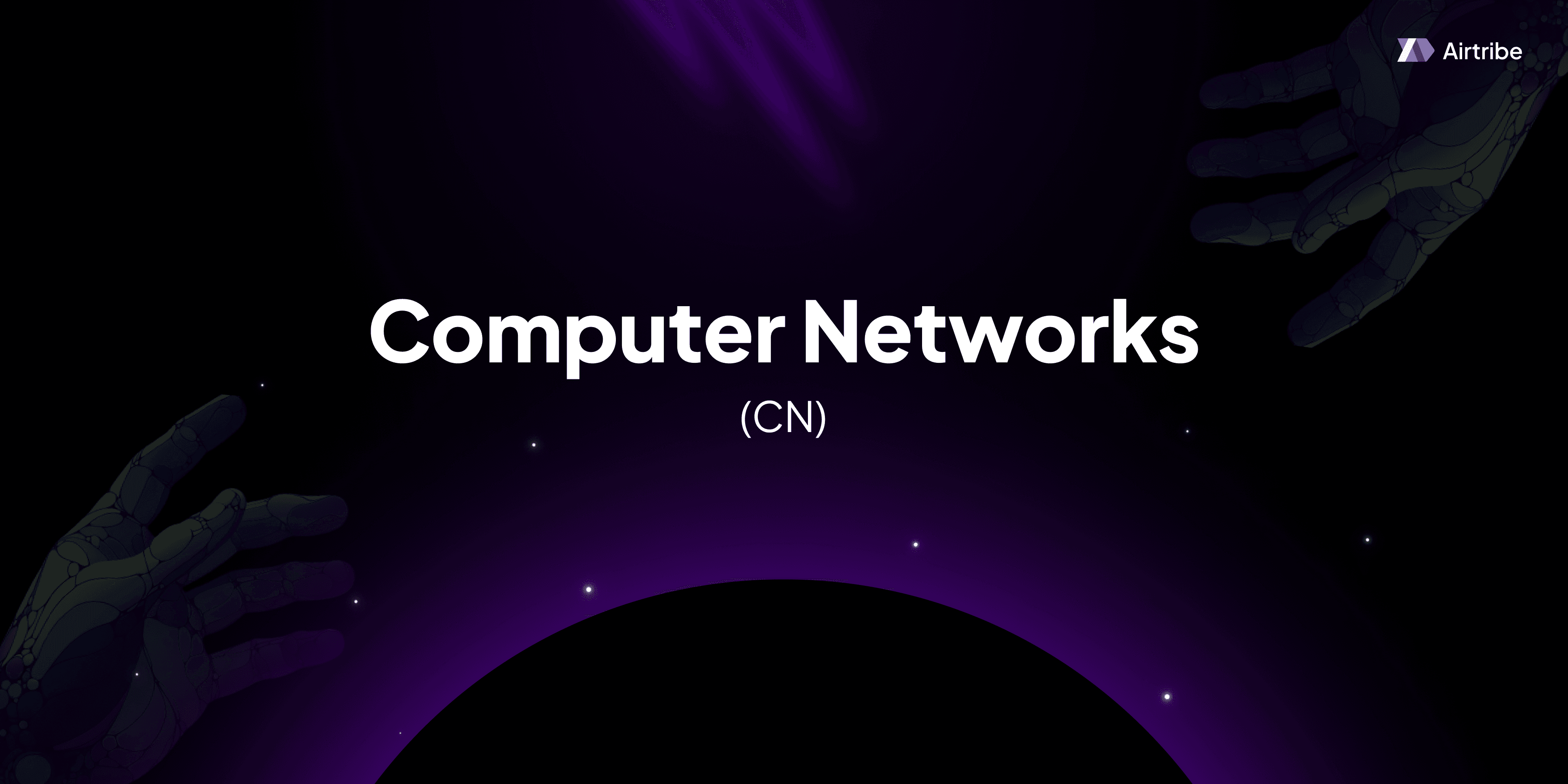IP addressing and subnetting

Introduction to IP Addressing and Subnetting
In the realm of computer networks, the network layer plays a pivotal role in facilitating communication between devices. Two fundamental concepts under this layer are IP addressing and subnetting. These concepts are essential for ensuring efficient data routing and network management.
Core Concepts and Theory
IP Addressing
An IP (Internet Protocol) address is a unique identifier assigned to each device connected to a network that uses the Internet Protocol for communication. It serves two main purposes: identification of host or network interface and location addressing.
Types of IP Addresses
IPv4 Addresses:
- Composed of four octets and typically represented in dot-decimal notation (e.g., 192.168.1.1).
- Total address space consists of 2^32 addresses.
IPv6 Addresses:
- Composed of eight groups of four hexadecimal digits separated by colons (e.g., 2001:0db8:85a3:0000:0000:8a2e:0370:7334).
- Vastly larger address space with 2^128 possible addresses to accommodate the growing number of internet-enabled devices.
Classes of IP Addresses (IPv4)
IPv4 addresses are traditionally categorized into five classes based on their leading octets:
| Class | Leading Bits | Address Range | Default Subnet Mask |
|---|---|---|---|
| A | 0 | 0.0.0.0 to 127.255.255.255 | 255.0.0.0 (8 bits) |
| B | 10 | 128.0.0.0 to 191.255.255.255 | 255.255.0.0 (16 bits) |
| C | 110 | 192.0.0.0 to 223.255.255.255 | 255.255.255.0 (24 bits) |
| D | 1110 | 224.0.0.0 to 239.255.255.255 | N/A (used for multicast) |
| E | 1111 | 240.0.0.0 to 255.255.255.255 | N/A (reserved) |
Public vs. Private IP Addresses
- Public IP Addresses are globally unique and routable on the internet, assigned by Internet Service Providers (ISPs).
- Private IP Addresses are used within a local network and include ranges like 10.0.0.0/8, 172.16.0.0/12, and 192.168.0.0/16. They are not routable on the internet.
Subnetting
Subnetting is the process of dividing a network into smaller, manageable segments called subnets. It helps in reducing congestion, improving security, and optimizing network performance.
Basic Subnetting Concepts
Subnet Masks: A 32-bit number used to differentiate the network and host portions of an IP address. For example, a subnet mask of 255.255.255.0 means that the first three octets are network identifiers, and the last octet is for host identification.
CIDR Notation: Instead of using default class-based subnet masks, Classless Inter-Domain Routing (CIDR) expresses the IP address and the number of significant bits in the prefix (e.g., 192.168.1.0/24).
Subnet Calculation: Subnetting calculates the number of available hosts and subnets, considering the required subnet mask. This process ensures that IP address space is used efficiently.
Practical Applications
Enhancing Network Performance
By breaking down a large network into smaller subnets, subnetting helps in managing the bandwidth more effectively, reducing broadcast domains, and improving overall network performance.
Improved Security
Subnetting allows for better control and containment of network traffic, making it easier to apply security policies and isolate sensitive areas from external threats.
Code Implementation and Demonstrations
Example of Subnet Calculation
Here’s a Python snippet demonstrating basic subnet calculation:
import ipaddress
def subnet_calculation(network):
net = ipaddress.ip_network(network)
print(f"Network: {net}")
print(f"Number of addresses: {net.num_addresses}")
for ip in net.hosts():
print(ip)
subnet_calculation('192.168.1.0/28')
This script calculates the number of possible addresses within a given subnet and lists them.
Additional Resources and References
- RFC 791: Internet Protocol Specification
- RFC 8200: IPv6 Specification
- IANA: Internet Assigned Numbers Authority
- Books: "Computer Networking: A Top-Down Approach" by James Kurose and Keith Ross
Understanding IP addressing and subnetting is crucial for managing modern networks effectively. As organizations continue to expand their digital infrastructure, mastering these concepts will become increasingly vital for networking professionals.


